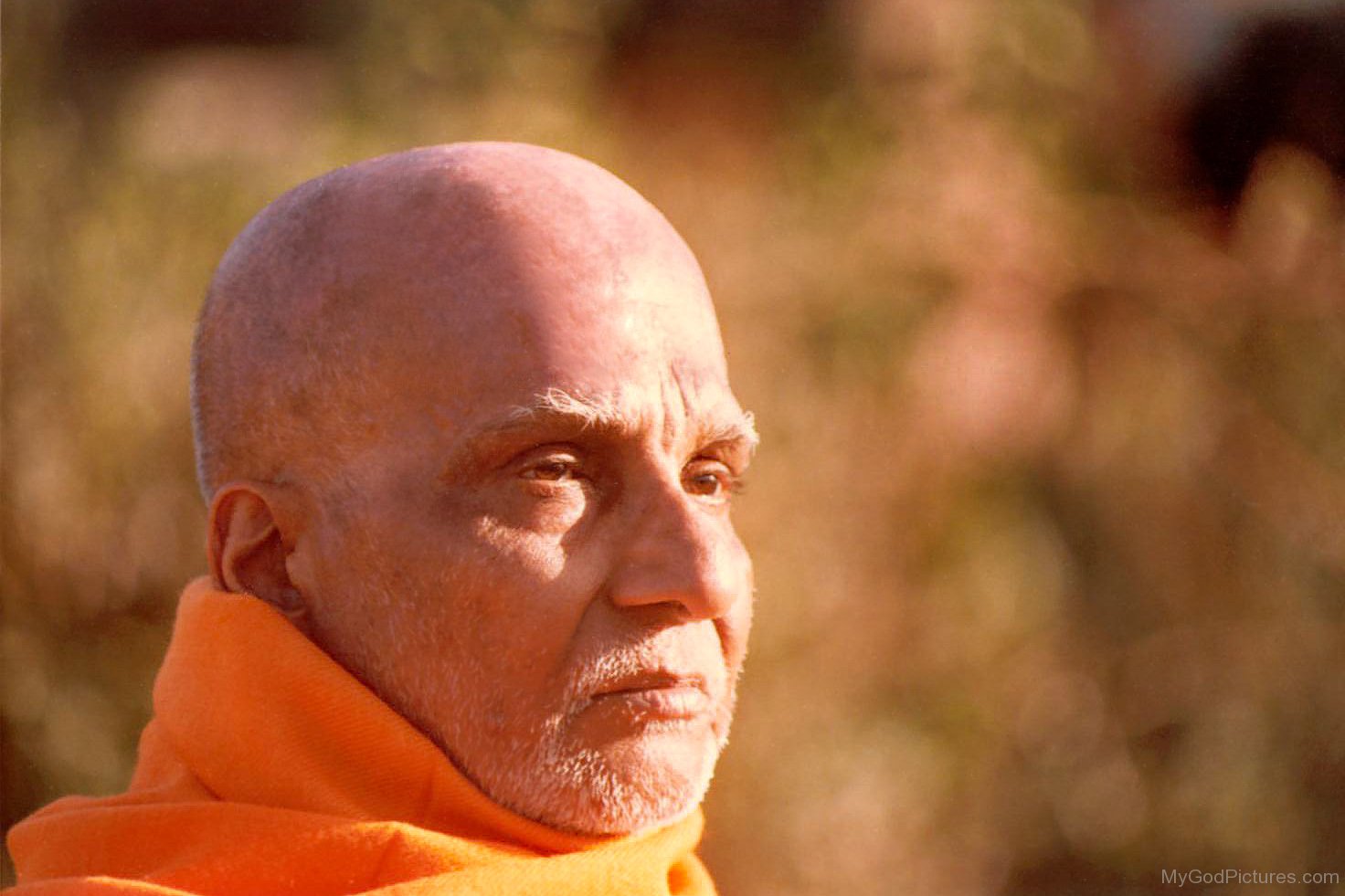A Study of the Bhagavadgita :10-4. Swami Krishnananda.
============================================================
==============================================================
Friday, March 18, 2022. 19:00.
Chapter-10. The Hidden Meaning of the Seventh Chapter of the Gita-4.
==============================================================
Bhagavad Gita: Chapter 7, Slokam 6.
"Etad-yonini bhutani sarvanityupadharaya
aham kritsnasya jagatah prabhavah pralayas tatha."
------------------------------------------------------------------------------------------------------------
Translation :
etat yonini—these two (energies) are the source of;
bhutani—living beings;
sarvani—all;
iti—that;
upadharaya—know;
aham—I;
kritsnasya—entire;
jagatah—creation;
prabhavah—the source;
pralayas—dissolution;
tatha—and.
------------------------------------------------------------------------------------------------------------
Translation of slokam :
BG 7.6: Know that all living beings are manifested by these two energies of Mine. I am the source of the entire creation, and into Me it again dissolves.
--------------------------------------------------------------------------------------------------------------
Commentary :
Living beings are a manifestation of God’s two energies, jiva & shakti, the sentient soul energy, and Maya, the insentient material energy or matter. In the material realm, all life is a combination of both matter and soul. Matter by itself is insentient or lifeless, and the sentient soul needs a carrier body. Hence, both come together to form a living being.
Similarly, the entire creation is a manifestation of God’s energies. One cycle of creation lasts for 100 years of Brahma. Then the Supreme Lord starts the process of dissolution.
The five gross elements merge into five subtle elements, which in turn merge into ahankar.
Ahankar goes back into mahan, which again unites with prakriti.
Prakriti now resides inside the body of Maha Vishnu (another form of the Supreme Lord).
All the materially bound souls, which could not get liberated during this cycle of creation, also reside in God’s body. They remain un manifested, waiting for the next cycle of creation.
When God decides to create, the entire cycle begins all over again (as explained in slokam 7.4), and a new world comes into existence. Therefore, God is the source, the sustainer, and the resting place for the entire creation.
But there is something above them. That is the Supreme Purusha.
"Apareyam itas tvanyam prakritim viddhi me param
jiva-bhutam maha-baho yayedam dharyate jagat." (BG-7.5)
This eightfold Prakriti mentioned is like a roster. Right from Prakriti downwards – through the series of Mahat, ahamkara,the five tanmatras and the five mahabhutas – may be considered as lower categories of creation, but the vitality, the force, the prana, the energy, the life, the consciousness that is behind these elements is something different, which is the life principle operating in all, which is God Himself.
Jivabhutam: There is life, purposiveness, longing, desire, restlessness, aspiration in everything. In dead matter you cannot find all these activities.
Etad-yonini bhutani sarvanityupadharaya (Gita 7.6).
The whole creation is only this much: this operative principle which is consciousness, jiva, and the other eightfold categorisations of Prakriti.
Aham kritsnasya jagatah prabhavah pralayas tatha (Gita 7.6).
Here Sri Krishna sums up all his teaching by saying, “I am everything.”
This statement has not been made in the Gita up to this time.
“I am the beginning and the end of all things.” Who is saying this?
Only whoever is the beginning and the end of all things can say that. No individual, no particular manifestation can speak in this extreme.
aham kritsnasya jagatah prabhavah pralayas tatha: I am the beginning, the middle and the end – all the universe, in its entirety.
That is to say, this peculiar ‘I' which is making this statement is immanent, is hidden as the soul of all things throughout the process of creation. There are innumerable evolutes, but through every process of evolution, and in every evolute that is so manifested, the life principle continuously is present as there is a single consciousness continuously operating in the three states of our life – waking, dream and sleep.
Waking is different from dream, dream is different from sleep. They are totally different in their character. When you are dreaming, you cannot know that there is any such thing as the waking condition; when you are awake, you do not think of the dream condition at all; and when you are asleep, the other two conditions vanish. It is not possible to distinguish these three states unless there is a continuous consciousness permeating all three.
Therefore, you know, “I am awake, I had a dream, and I slept.” It is one ‘I' that is speaking, knowing at the same time that all the three states are of one particular entity only.
To be continued ....
===============================================================






Comments
Post a Comment